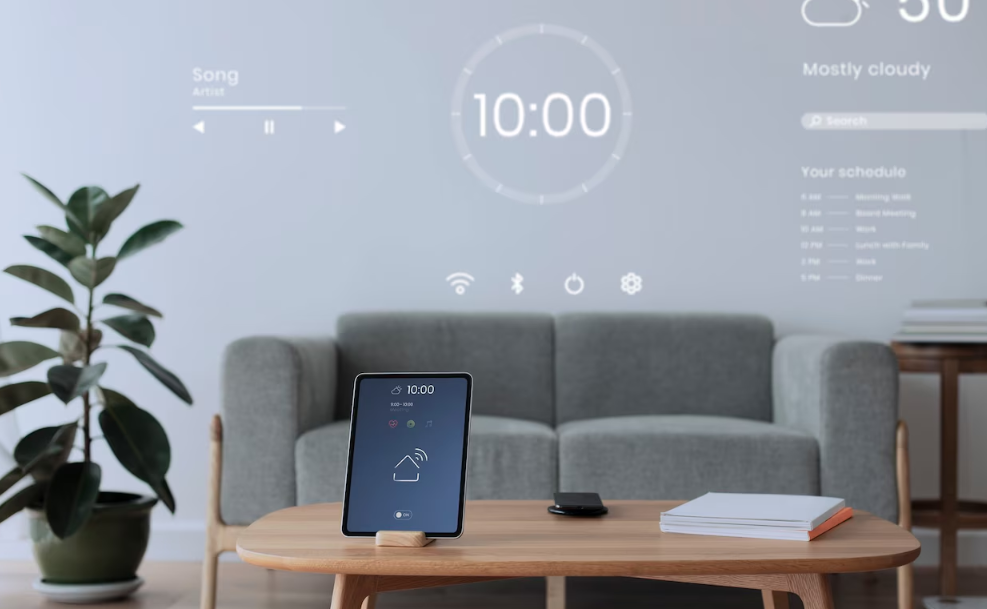The fashion industry is one of the most dynamic sectors in the global economy, constantly evolving with new trends, designs, and technologies. Among the latest technological advancements to make waves in fashion is 3D technology. From 3D printing to 3D modeling, these innovations are transforming how fashion is designed, produced, and experienced by consumers. But what exactly is the impact of 3D technologies on the fashion industry, and how are designers and brands leveraging these tools to stay ahead of the curve?
Understanding 3D Technologies in Fashion
Before diving into the impact, it’s essential to understand the different forms of 3D technologies that are being integrated into fashion:
1. 3D Printing
3D printing involves creating three-dimensional objects from a digital file by layering materials like plastics, metals, or even fabrics. In fashion, 3D printing is used to create everything from intricate accessories and shoes to entire garments.
- Example: Designers like Iris van Herpen have used 3D printing to craft avant-garde dresses that would be impossible to create through traditional means.
2. 3D Design and Modeling Software
Fashion designers use 3D modeling software to create virtual prototypes of their designs before physical production. This allows them to experiment with shapes, colors, and materials without the need for costly physical samples.
- Example: Tools like CLO 3D and TUKAcad are widely used by fashion designers to visualize their collections in 3D before creating real-world garments.
3. Augmented Reality (AR) and Virtual Reality (VR)
AR and VR are becoming integral to the shopping experience. AR allows consumers to “try on” clothes virtually, while VR can immerse them in fashion shows or shopping experiences without leaving their homes.
- Example: Companies like Zara and L’Oreal have implemented AR in their apps to allow customers to visualize products in real-time or even “try them on” using their smartphones.
How 3D Technologies Are Impacting the Fashion Industry
1. Faster Prototyping and Design Iteration
In traditional fashion design, creating a prototype typically involves multiple rounds of sketching, fabric cutting, and sewing. This process can take weeks or even months to perfect. With 3D design software, designers can rapidly create and modify digital prototypes, reducing the time it takes to iterate and refine designs.
- Benefit: The ability to quickly tweak designs and visualize them in 3D allows designers to explore more creative ideas without worrying about production time. This accelerates the design process and results in more innovative collections.
2. Customization and Personalization
One of the most exciting benefits of 3D technologies is the ability to create highly personalized or custom clothing. Through 3D scanning and printing, fashion brands can offer customers garments that are tailored to their exact measurements and preferences.
- Example: Brands like Nike have introduced customizable sneakers through 3D printing, where customers can select materials, colors, and even add unique textures.
- Benefit: Customization leads to unique fashion pieces that resonate with consumers on a deeper level, creating a sense of exclusivity and personal connection with the brand.
3. Sustainability and Waste Reduction
Fashion is one of the most polluting industries globally, with tons of waste generated from unsold garments, fabric scraps, and production overstock. 3D printing offers a more sustainable solution by allowing designers to print garments only when they are needed. Furthermore, it reduces fabric waste by using only the necessary amount of material.
- Benefit: By creating garments on demand, fashion brands can significantly reduce waste and excess inventory. Additionally, 3D-printed fashion can use eco-friendly materials, contributing to more sustainable production practices.
4. Innovative Textures and Designs
3D printing enables designers to experiment with new materials and textures that were previously unthinkable in traditional garment production. The ability to print complex textures, geometrical shapes, and interactive designs opens up a whole new world of creativity.
- Example: The use of 3D-printed mesh and flexible polymers has led to futuristic, intricate designs that push the boundaries of traditional fashion aesthetics.
- Benefit: Designers can experiment with new forms of fashion expression, leading to cutting-edge collections that blur the lines between fashion and art.
5. Virtual Fashion Shows and Experiences
With the advent of VR and AR, fashion shows are evolving from traditional runway events to virtual experiences. Virtual reality allows for the creation of fully immersive, digital fashion shows where customers can view collections in 360 degrees, often in fantastical settings or conceptual environments.
- Example: In 2021, Balenciaga hosted a VR fashion show for its Fall collection, offering viewers a fully immersive experience from the comfort of their own homes.
- Benefit: Virtual fashion shows and experiences can reach a global audience, transcending physical barriers and making fashion more accessible to consumers around the world.
6. Reducing Manufacturing Costs
In traditional fashion manufacturing, producing physical samples for a collection can be costly, especially when it involves multiple iterations. By using 3D modeling and printing, fashion houses can save significant amounts of money by reducing the need for costly fabric sampling and fittings.
- Benefit: Reduced production costs lead to lower prices for consumers and can also provide savings for designers and manufacturers, allowing them to reinvest in more sustainable or innovative projects.
Challenges and Limitations of 3D Technologies in Fashion
While the impact of 3D technologies on the fashion industry is overwhelmingly positive, there are still several challenges that need to be addressed.
1. Technological Barriers
Although 3D technologies have come a long way, the learning curve for designers and manufacturers can still be steep. Mastering software, handling intricate designs, and understanding the technical aspects of 3D printing require expertise and resources that not all fashion houses possess.
- Challenge: Smaller brands or independent designers may face barriers in accessing these technologies or may lack the technical knowledge to implement them effectively.
2. Material Limitations
While 3D printing has enabled the creation of innovative designs, the choice of materials for 3D-printed fashion is still somewhat limited. Many materials used in 3D printing are not yet durable enough for long-term wear or may not offer the same tactile qualities as traditional fabrics.
- Challenge: The need for more advanced and durable materials is crucial for the long-term viability of 3D-printed fashion as a mainstream option.
3. High Initial Costs
The cost of 3D printing equipment and software can be high, especially for high-quality machines capable of producing wearable fashion items. For brands looking to invest in this technology, the initial investment can be a barrier.
- Challenge: Smaller fashion houses may struggle to make the financial commitment to adopt 3D technology, although prices are expected to decrease as the technology becomes more widespread.
Conclusion
The integration of 3D technologies in the fashion industry is transforming how designers approach creativity, sustainability, and production. From customization and virtual fashion shows to waste reduction and innovative designs, 3D printing and modeling are allowing fashion to evolve in exciting and impactful ways. While challenges remain, the future of fashion looks poised to embrace these technologies, offering consumers new ways to experience and personalize their style. As 3D technology continues to advance, it could ultimately redefine the entire fashion landscape, making it more sustainable, accessible, and imaginative than ever before.


